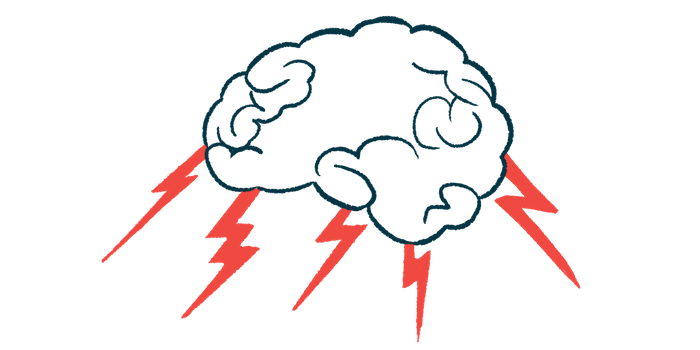Brain wave changes in sleep can predict levodopa-induced dyskinesia
Sleep-targeted therapies may protect against this side effect of levodopa

People with Parkinson’s disease whose electrical brain wave activity declines more slowly during deep sleep develop levodopa-induced dyskinesia (LID), or uncontrolled movements, faster, a study has found.
These findings confirm a link between sleep-related brain wave activity and LID, and support the development of sleep-targeted therapies that may protect Parkinson’s patients against this treatment side effect, researchers noted.
The study, “Slow wave activity across sleep-night could predict levodopa-induced dyskinesia,” was published in the journal Nature Scientific Reports.
Long-term levodopa can lead to treatment-induced dyskinesia
Levodopa is a standard treatment for Parkinson’s motor symptoms, such as stiffness and slow movements. Its long-term use, however, can lead to LID, marked by abnormal involuntary muscle contractions and movements.
Sleep disruption has been widely reported in people with Parkinson’s. Still, it is unclear how sleep affects the course of the disease and whether sleep therapies may help ease symptoms and disease progression.
Previously, a team of researchers in Switzerland suggested a link between LID and slow wave activity (SWA) — the electrical brain wave activity as recorded by an electroencephalogram during deep sleep.
Deep sleep, also referred to as slow-wave sleep (SWS), is the third stage of so-called non-rapid eye-movement sleep, when brain wave activity, heart rate, and breathing are the slowest. Such slow-wave sleep is thought to be essential for processing memories.
Typically, the amount of SWA during deep sleep peaks during early sleep and then gradually declines throughout the night, a process called synaptic downscaling.
The study showed that, in Parkinson’s patients with LID, SWA remained relatively stable between early and late sleep compared with those who did not have LID, regardless of disease severity.
Based on these findings, the team conducted a new study “to assess the possible role of SWS-SWA as a marker of LID development in [Parkinson’s disease] patients.”
The researchers examined data from 15 adults, ages 54-83, who were diagnosed with Parkinson’s and underwent a sleep study with electroencephalogram before developing LID. All patients experienced the most significant LID in the evening.
The scientists discovered a significant negative correlation between SWA power decline and the time to LID, meaning those with a slower decrease in SWA levels between early and late sleep developed LID faster.
No significant correlations were found between the time to LID and disease duration, or the levodopa equivalent daily dose (LEDD), which is the sum of all Parkinson’s medications taken. Also, no associations were detected between faster LID development and LEDD at the time of the last therapy adjustment before LID onset.
Findings could pave way for research into potential sleep-targeted therapies
Statistical calculations established that the rate of SWA decline overnight predicted the time of LID emergence.
“Our finding supports the link between SWA-mediated synaptic downscaling and the development of LID,” the researchers concluded. “If confirmed, it could pave the way to the study of possible sleep targeted therapies able to protect [Parkinson’s disease] patients from LID development.”
“Further studies confirming SWA alterations in LID patients and documenting no SWA dysfunction in a control group of patients with similar characteristics would be helpful in making our result stronger,” they wrote.








